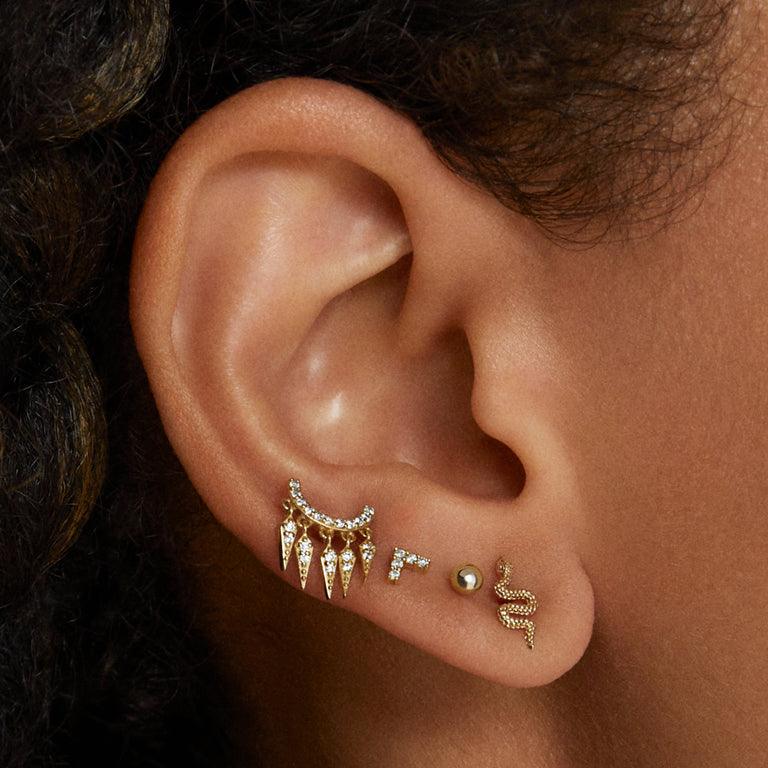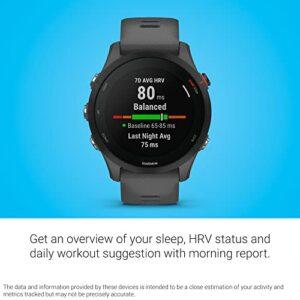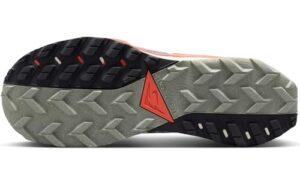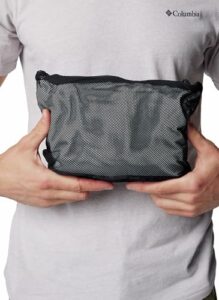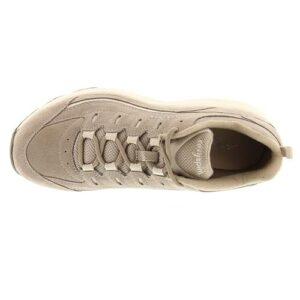Getting your ears pierced is exciting, but you might be wondering, how long should you wait before changing your earrings? If you switch too soon, you risk irritation or even infection.
On the other hand, waiting too long might leave you feeling stuck with the same style. You’ll discover the best timeline for changing your earrings safely. Keep reading to protect your ears and enjoy your new look without any hassle.
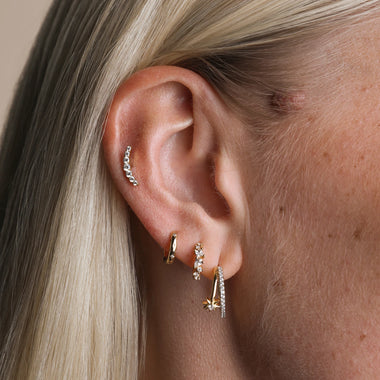
Credit: www.astridandmiyu.com
Healing Timeline For Ear Piercings
The typical healing durationfor ear piercings is about 6 to 8 weeks. During this time, the skin around the piercing forms a new layer. It is important to keep the area clean to avoid infections.
Factors affecting healing timeinclude age, skin type, and aftercare. Piercings done with sterile tools heal faster. Avoid touching the piercing with dirty hands. Sleeping on the piercing side can slow healing.
Signs of proper healingare no redness, swelling, or pain. The piercing hole looks clear and feels comfortable. You can gently move the earring without pain. If these signs appear, changing earrings is usually safe.
When To Change Earrings Safely
The initial piercing jewelryis usually a small, simple stud or hoop. This jewelry helps keep the hole open while the ear heals. It is made of safe metalslike surgical steel or titanium to avoid infections.
The recommended waiting periodbefore changing earrings is usually 6 to 8 weeks. This time lets the ear fully heal. Some people may need more time if their ears heal slowly.
Changing earrings too soon can cause pain, swelling, and infection. The hole might close or get irritated. It is best to wait and keep the initial jewelry in place as advised by a piercer or doctor.
Types Of Earrings For New Piercings
Hypoallergenic earringsare best for new piercings. They reduce the risk of irritation and infection. Common options include surgical steel, titanium, and 14k gold. Avoid cheap metals that may cause allergies.
Studsare easier to wear for new piercings. They stay close to the ear and do not move much. Hoopsmay pull on the piercing and slow healing.
Materials like nickel, brass, and cheap alloys can cause pain or rash. Choose earrings labeled nickel-freeor hypoallergenic. This helps your ear heal faster and stay healthy.
Caring For Pierced Ears
Clean pierced ears twice a day using a cotton ball soaked in saline solution. Gently wipe around the earring and hole to remove dirt and oils. Avoid using alcohol or hydrogen peroxide as they can dry out the skin and slow healing.
Keep hands clean before touching earrings to prevent germs from entering the wound. Avoid swimming in pools or lakes during healing to reduce infection risk. Do not remove or change earrings too soon; wait at least 6 to 8 weeks for earlobes to heal fully.
Signs of infection include redness, swelling, pain, or yellow discharge. If these occur, clean the area more often and avoid removing earrings. Seek medical advice if symptoms worsen or do not improve after a few days.
Tips For Changing Earrings
Wash your hands with soap and warm water before touching your earrings. This helps stop germs from causing infections. Clean the earrings with rubbing alcohol or a special jewelry cleaner. Let them dry completely to keep them safe and clean.
Gently hold the back of the earring and slowly pull it out. Avoid twisting or pulling hard to prevent pain or damage. If it feels stuck, do not force it. Wait a bit longer before trying again.
Choose new earrings made of safe materials like surgical steel or gold. Insert the new earring carefully through the piercing hole. Push the back on gently but firmly to keep it in place. Check that the earring feels comfortable and not tight.

Credit: www.reddit.com
When To See A Professional
Redness, swelling, or painthat lasts more than a few days may signal an infection. Pus or yellowish discharge is a clear sign to see a professional. If the skin around the piercing feels hot or warm, it might be infected. Sometimes, a piercing can get itchy or scabbed—this is normal but watch for worsening symptoms.
Professionals can clean the piercing safely and suggest the best care steps. They can also check if the earrings cause allergies or irritation. For sensitive skin, hypoallergenic earringsreduce risks. Always consult a piercer if you feel discomfort or have questions about healing.

Credit: heyrowan.com
Frequently Asked Questions
How Long Should I Wait To Change New Earrings?
Wait at least 6 to 8 weeks before changing new earrings. This allows the piercing to heal properly and reduces infection risk. Healing time varies, so consult your piercer if unsure.
Can I Change Earrings Sooner Than 8 Weeks?
Changing earrings sooner than 8 weeks is risky. Early removal can cause irritation, infection, or delayed healing. Always follow your piercer’s advice for the safest timing.
What Signs Show My Piercing Is Healed?
A healed piercing has no redness, swelling, or pain. The earlobe feels stable, and skin looks normal around the hole. If unsure, ask your piercer before changing earrings.
How To Safely Change Earrings After Piercing?
Wash hands thoroughly before touching earrings. Gently twist or slide the earrings without forcing them. Use hypoallergenic earrings to prevent irritation during the healing phase.
Conclusion
Changing earrings too soon can cause pain and infection. Wait at least 6 to 8 weeks before switching earrings. Always clean your hands and earrings before touching your piercings. Use gentle, hypoallergenic earrings to avoid irritation. Listen to your body; if you feel discomfort, give it more time.
Taking care during healing helps your ears stay healthy and look great. Patience is key to enjoying your new earrings safely and comfortably.

Madison Clark is a footwear expert and the voice behind MyStyleGrid.com. She specializes in honest shoe reviews, style tips, and practical guides to help readers find the perfect pair for any occasion. With years of experience in blogging and content creation, Madison makes footwear knowledge simple, stylish, and easy to follow.

